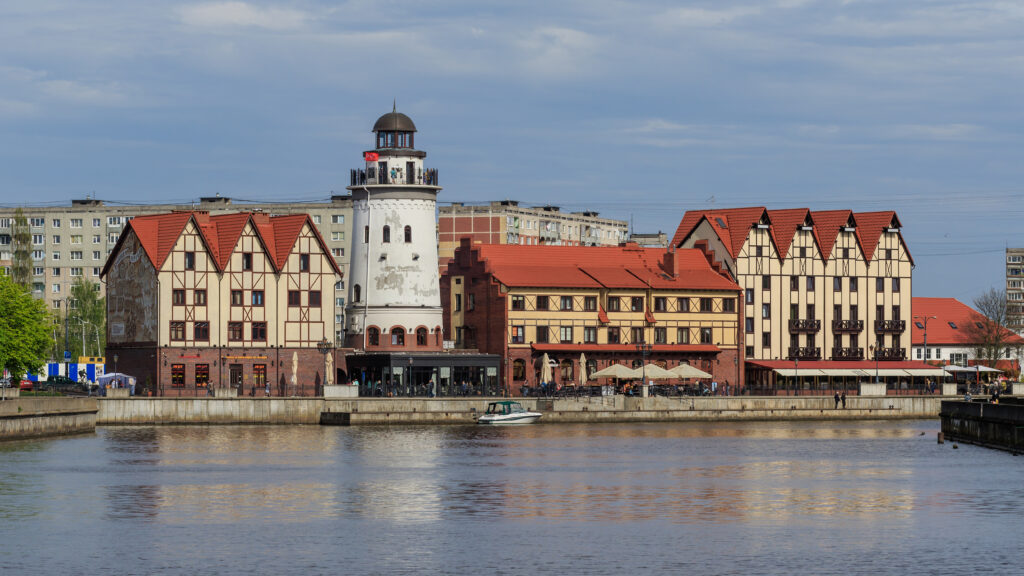The Foreign Affairs Committee of the Estonian parliament has made a proposal to the Language Committee of the Estonian Language Society to consider starting to use the name Königsberg instead of Kaliningrad in Estonian.
The chairman of the Foreign Affairs Committee, Marko Mihkelson, said the Committee had found that using the Soviet-era name Kaliningrad in the Estonian language should be discontinued and the historic name Königsberg should be used instead. Members of the committee also pointed out that the city of Kingissepp in Russia should be called by its former name Jamburg or Jaama.
The committee made the proposal to consider changing the name to the Language Committee of the Estonian Language Society that participates in defining the standard of the Estonian written language and includes an advisory working group on foreign names. Mihkelson pointed out that Latvia, Lithuania and Poland had also decided to use the historic name of the city instead of Kaliningrad.
In 1255, the city with the old Prussian name Twangste was renamed Königsberg in honour of King Ottokar II of Bohemia. After the Second World War, the city was annexed the Soviet Union and was renamed Kaliningrad after the Soviet politician and a leading figure of the Stalinist terror regime, Mikhail Kalinin.

The Foreign Affairs Committee discussed the name issue in connection with the draft resolution of the parliament that proposes to the government to rename Kaliningrad again Königsberg in Estonian and carry out all procedures relating to the name change.
Two experts from the Institute of the Estonian Language, Peeter Päll and Sirli Zupping, participated in the sitting of the committee.
The old city not restored
Königsberg was the easternmost large city in Germany until the Second World War. The city was heavily damaged by Allied bombing in 1944 and during the Battle of Königsberg in 1945; it was then captured by the Soviet Union on 9 April 1945. The Potsdam Agreement of 1945 placed it under Soviet administration.
The remaining German population was forcibly expelled between 1947 and 1948 and the annexed territory populated with Soviet citizens, mostly ethnic Russians. The old city was not restored, and the ruins of the Königsberg Castle were demolished in the late 1960s, on Leonid Brezhnev’s personal orders, despite the protests of architects, historians, local historians and ordinary residents of the city.

The former Königsberg is now a Russian exclave between Lithuania and Poland, about 663 kilometres (412 miles) west from mainland Russia. The city is home to approximately half a million people and hosts the headquarters of the Russian Navy’s Baltic Fleet.

